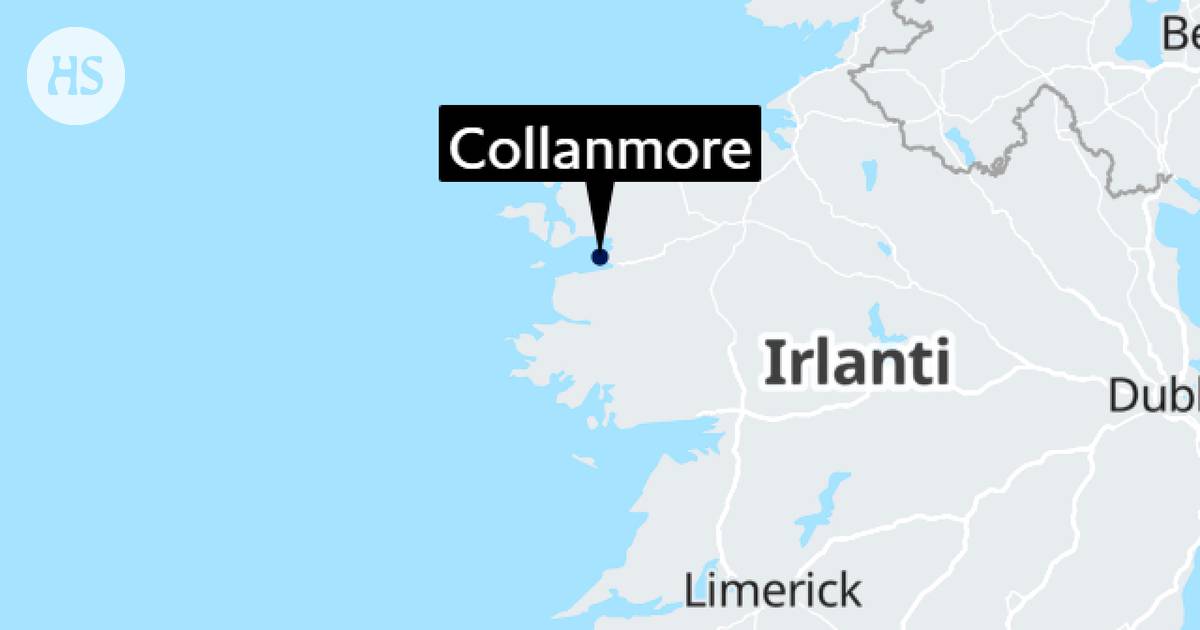Discovered on Collanmore Island off the west coast of Ireland is a prehistoric fortress dating back to the end of the Bronze Age, between 1100 and 900 BCE. The fortress, situated on the small island, was built during this time by constructing two large walls across an isthmus connecting it to the mainland. These walls, made of large limestone blocks, span 200-300 meters in length and are mostly submerged by the sea.
Michael Gibbons, an archaeologist who led the discovery team, revealed that the vast structure had gone unnoticed previously due to its location under seaweed. However, during a recent excavation, men were clearing seaweed from the area and making the stone walls more visible than usual.
The existence of a second wall was known to local residents but its age and significance were not previously recognized until now. Gibbons estimates that this fortress was likely built between 1100 and 900 BCE, indicating that Collanmore Island was a significant center during this period. This discovery adds to the wealth of knowledge about Western Ireland’s Bronze Age history and highlights its historical significance.
Other Bronze Age fortifications and defensive walls have been found in Western Ireland, with Dún Aonghasa on Inis Mór island being a popular tourist site. Gibbons compared the importance of this Collanmore fortress to Dún Aonghasa, emphasizing their historical significance as they both provide insights into life in these times.
The discovery on Collanmore Island has sparked interest among historians and archaeologists alike, offering new insights into Ireland’s ancient past.

:quality(75)/cloudfront-us-east-1.images.arcpublishing.com/elcomercio/SHZS63UVUVBIHKYXCRRMDXZQHI.jpg)
